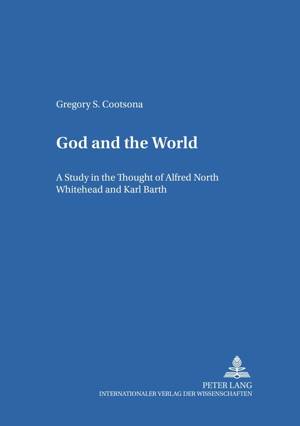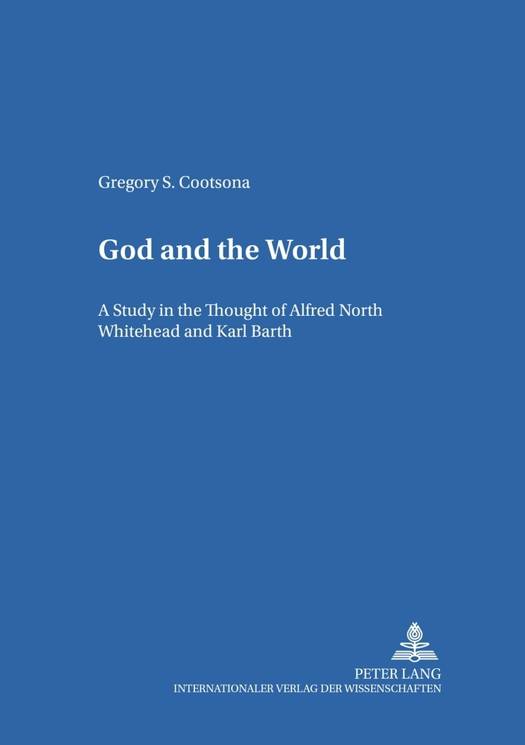
- Afhalen na 1 uur in een winkel met voorraad
- Gratis thuislevering in België vanaf € 30
- Ruim aanbod met 7 miljoen producten
- Afhalen na 1 uur in een winkel met voorraad
- Gratis thuislevering in België vanaf € 30
- Ruim aanbod met 7 miljoen producten
Zoeken
€ 95,45
+ 190 punten
Omschrijving
In order to understand God and the world in this «postmodern» age, Gregory S. Cootsona analyzes two seminal twentieth-century thinkers: the scientist and philosopher, Alfred North Whitehead, and the theologian, Karl Barth. Whitehead began constructing a philosophy of nature in 1910, which developed into a comprehensive metaphysics in his 1929 opus magnum, Process and Reality. Whitehead described the world and God as dynamically interconnected actual entities. Although Barth clearly posited a diastasis between God and the world in the 1922 second edition of Der Römerbrief, he discovered a more subtle, christologically-based reconciliation of the world and God in the Church Dogmatics (1932-1968). Though the two differ greatly, several points of comparison can be found. The final chapter presents the challenge and inspiration that twenty-first century theologians can receive from Barth and Whitehead.
Specificaties
Betrokkenen
- Auteur(s):
- Uitgeverij:
Inhoud
- Aantal bladzijden:
- 228
- Taal:
- Engels
- Reeks:
- Reeksnummer:
- nr. 6
Eigenschappen
- Productcode (EAN):
- 9783631373903
- Verschijningsdatum:
- 21/08/2001
- Uitvoering:
- Paperback
- Formaat:
- Trade paperback (VS)
- Afmetingen:
- 148 mm x 210 mm
- Gewicht:
- 299 g

Alleen bij Standaard Boekhandel
+ 190 punten op je klantenkaart van Standaard Boekhandel
Beoordelingen
We publiceren alleen reviews die voldoen aan de voorwaarden voor reviews. Bekijk onze voorwaarden voor reviews.








